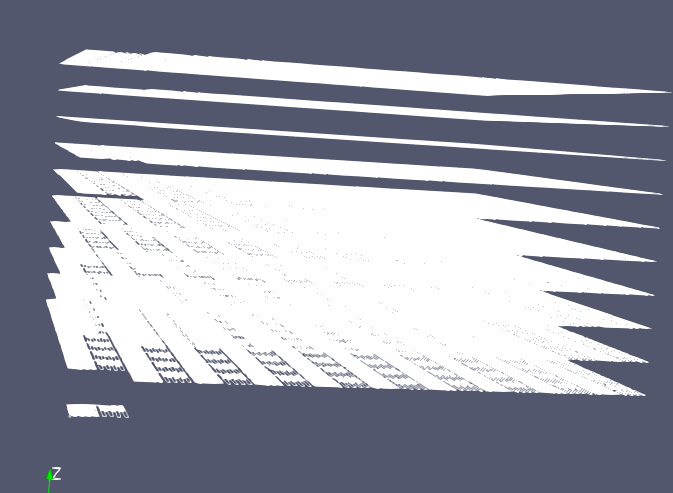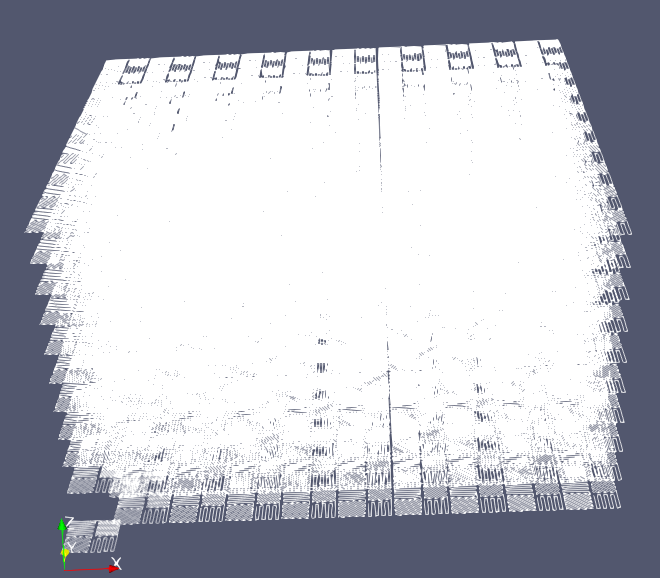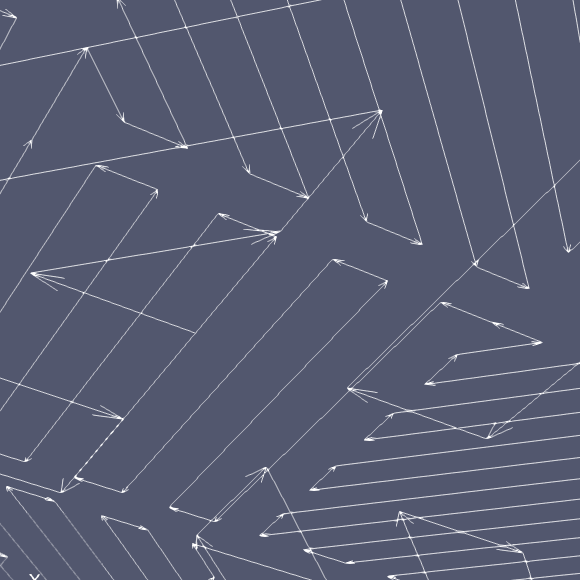hi all,
I am trying to build a minimal prototype that mimics the slicer example : that is to say a very basic GUI that allows user to slice against Z and inspect the different layers in my object. Object is a set of isolated layers, each made of polygons.
I need advice on which architecture to choose : because the slicer all-in-browser-based example won’t scale (millions of points), and following the various posts / advices / examples, I ended up playing with the RemoteView example. But it seems that following that setup, then I need to go for Python development, very tightly coupled with Paraview (hence not leveraging any existing code from the very handy examples .
Also I have explored the sample pvw template but I m unclear on how to leverage it (isnt it another remote view to pvw, that requires Paraview python coding for the GUI) .
Can you please advise on which architecture I should go for ? so but I feel I m going in circles at this point :-).
Thanks a lot
Charlie
The typical structure of my data:
Layers are disjoint :

Users need to be able to slice and inspect details of each layer individually (slice against Z , and scroll horizontally/vertically) :

